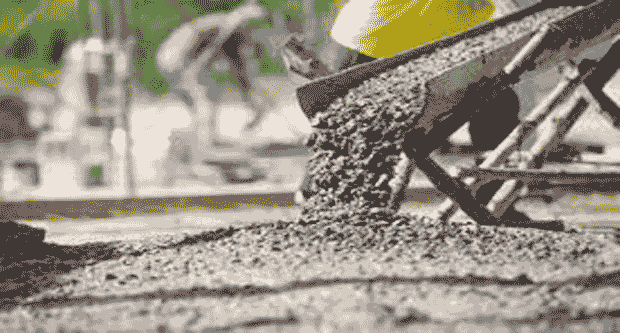Calculating concrete materials based on a mix design involves determining the proportions of ingredients needed to achieve the desired properties in the concrete mix. The mix design is a process that considers factors such as strength, workability, durability, and other performance criteria. Here’s a step-by-step guide on how to calculate concrete materials using a mix design:
1. Understand Mix Design Requirements:
- Identify the concrete mix design requirements, including the target strength (compressive strength), workability (slump), and any specific durability requirements.
2. Determine Water-Cement Ratio (w/c):
- Calculate the water-cement ratio, a critical factor in determining the strength and workability of the concrete. The water-cement ratio is the ratio of the weight of water to the weight of cement. It is a key parameter in mix design and helps control the consistency of the mix.
3. Identify Cement Content:
- Determine the required amount of cement based on the desired mix proportions and the water-cement ratio. The formula is: Cement content=Water contentWater-cement ratio
4. Calculate Water Content:
- Calculate the water content using the water-cement ratio and the amount of cement. The formula is: Water content=Water-cement ratio×Cement content
5. Determine Aggregate Content:
- Calculate the aggregate content, including both coarse and fine aggregates, based on the mix proportions. The sum of the aggregate content is the total weight of aggregates used in the mix.
6. Calculate Fine Aggregate Content:
- Determine the amount of fine aggregate (sand) using the mix design proportions. This can be calculated as a percentage of the total aggregate content.
7. Calculate Coarse Aggregate Content:
- Determine the amount of coarse aggregate (gravel or crushed stone) using the mix design proportions. This can also be calculated as a percentage of the total aggregate content.
8. Adjustments for Moisture Content:
- Account for moisture content in aggregates by adjusting the weights accordingly. Moisture content affects the actual weight of aggregates, so adjustments must be made to ensure accurate proportions.
9. Check for Admixtures:
- If any admixtures, such as plasticizers or superplasticizers, are included in the mix design, determine the required quantities based on the manufacturer’s recommendations.
10. Verify Proportions:
- Ensure that the sum of the individual components (cement, water, fine aggregate, and coarse aggregate) adds up to 100% of the total mix by weight.
11. Perform Trial Batches:
- Before large-scale production, conduct trial batches to verify the mix proportions and make any necessary adjustments based on the actual performance of the concrete.
12. Document the Mix Design:
- Record all the details of the mix design, including the proportions of each component, the water-cement ratio, and any special considerations. This documentation is essential for quality control and consistency in production.
It’s important to note that mix design procedures may vary based on standards and specifications in different regions or countries. Always refer to the applicable codes and standards for the specific mix design method to be followed. Additionally, consulting with a qualified concrete mix design professional or engineer is recommended for critical projects to ensure that the mix meets the desired performance criteria.



